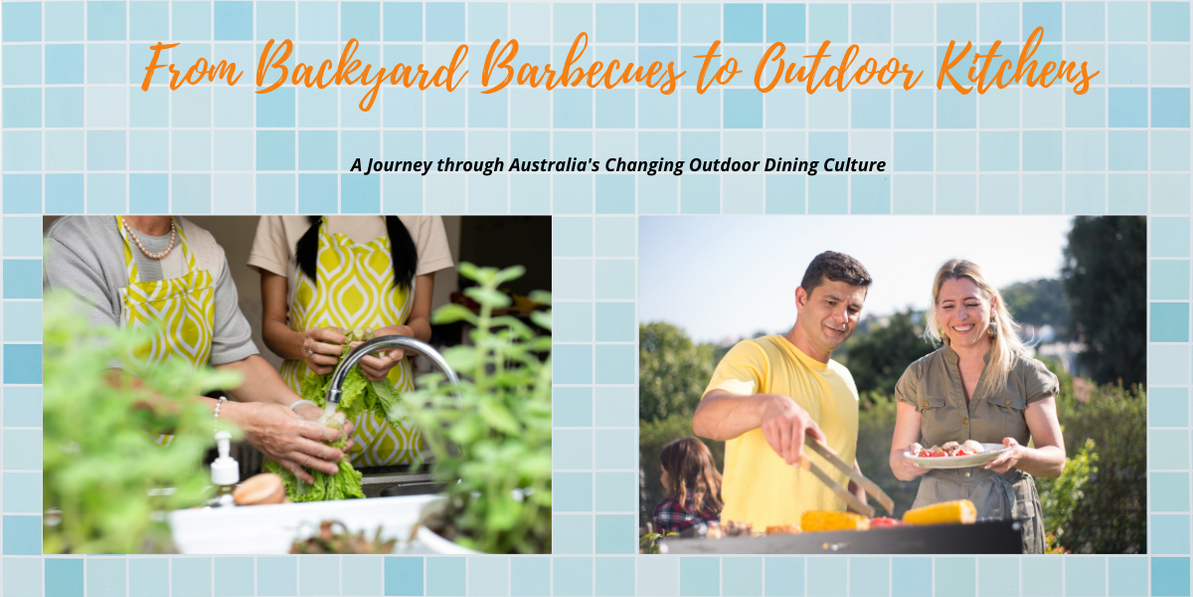From Backyard Barbecues to Outdoor Kitchens: A Journey through Australia's Changing Outdoor Dining Culture
Australia's outdoor dining culture has evolved significantly over the decades, reflecting shifts in lifestyle, technological advancements, and changing preferences. The 1950s were characterized by the quintessential backyard barbecue, a symbol of mateship and communal gathering. Fast forward to the 2020s, and we witness the emergence of the outdoor kitchen, revolutionizing the way Australians entertain and dine at home. In this blog, we will delve into the nostalgic charm of 1950s outdoor dining, compare it with the modern convenience of the outdoor kitchen in 2020s Australia, and explore how these changes have shaped our social interactions and culinary experiences.
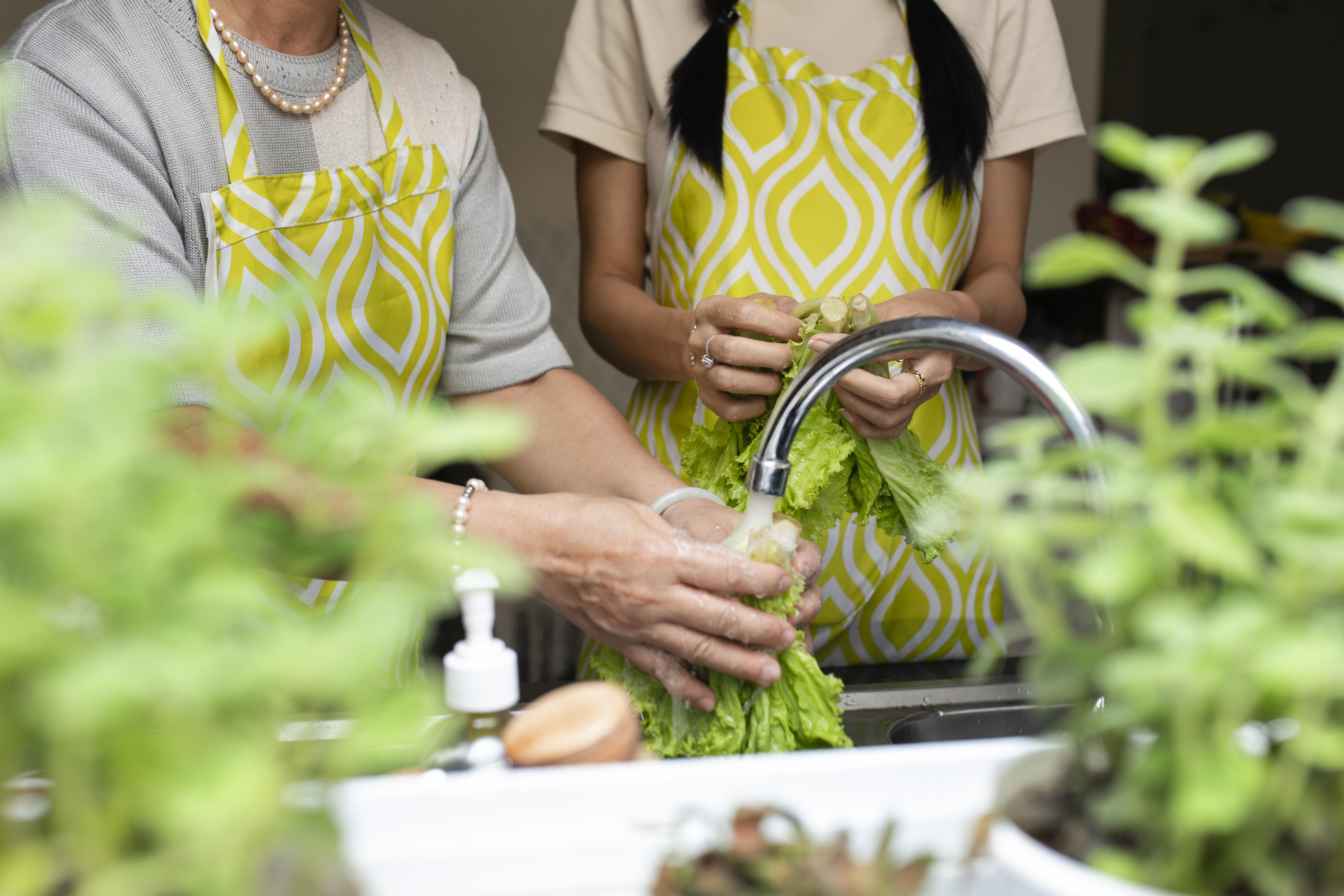
1950s Australia: The Backyard Barbecue Phenomenon
In the 1950s, the backyard barbecue became a beloved Australian tradition. This outdoor cooking ritual was more than just grilling meat; it was a cultural event that brought family, friends, and neighbours together. A typical weekend often saw the backyard filled with laughter, children playing, and the mouth-watering aroma of sizzling sausages and lamb chops on the barbecue. The humble Weber kettle grill was a staple in many homes, alongside a round flat grill, and its simplicity added to the charm of the occasion.
Barbecues in the 1950s were an informal affair, often impromptu and requiring minimal preparation. Families would gather around the barbecue, share stories, and strengthen bonds over delicious food. While the cooking methods were relatively basic, the experience of outdoor dining fostered a strong sense of community and camaraderie.
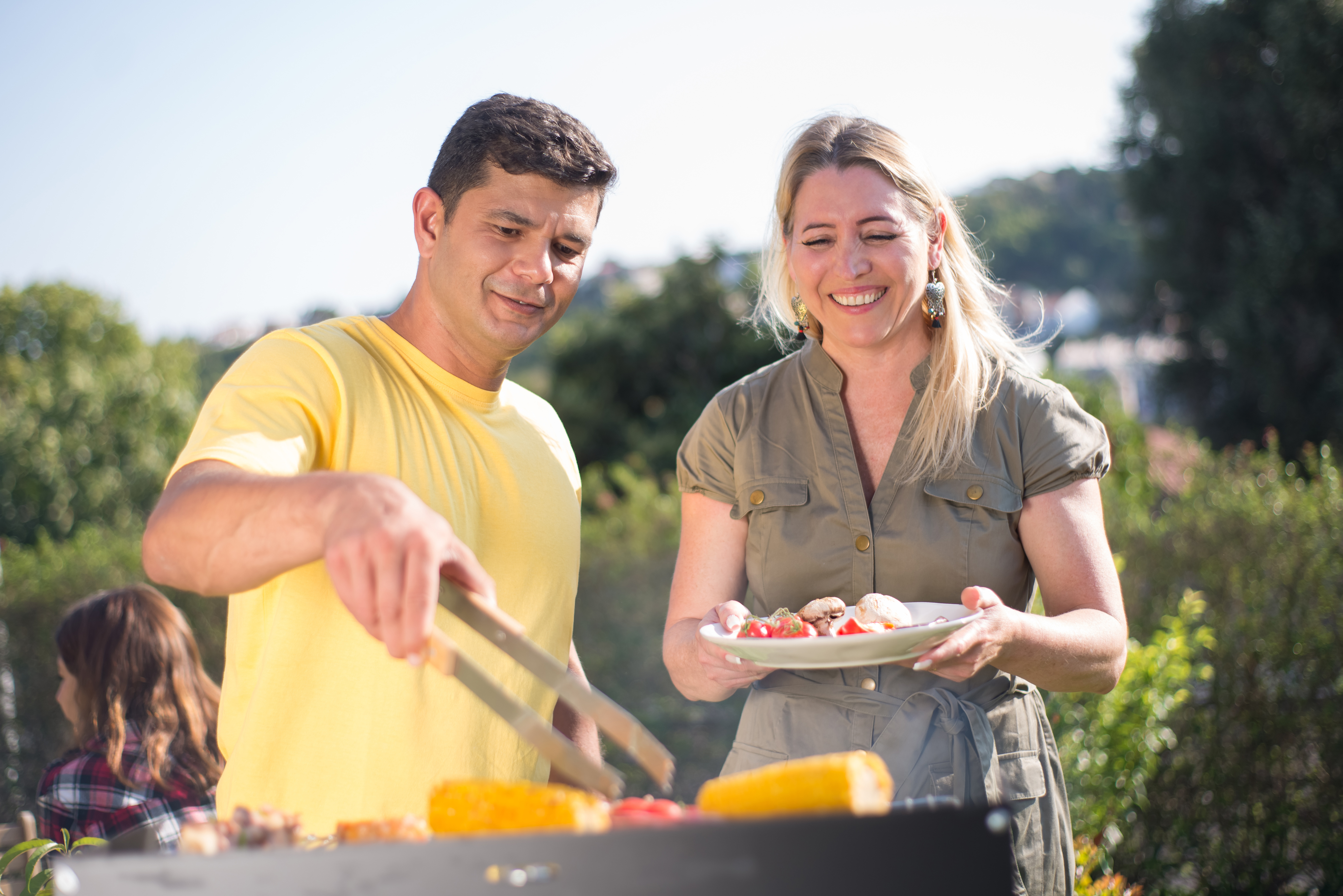
2020s Australia: The Rise of Outdoor Kitchens
As we fast forward to the 2020s, we witness a transformation in the concept of outdoor dining with the introduction of the outdoor kitchen. With modern advancements in design, technology, and lifestyle preferences, the outdoor kitchen has become a sought-after convenience for homeowners across Australia. Outdoor spaces are no longer just a patch of grass and a grill; they have evolved into fully functional extensions of the homes interior.
The outdoor kitchen offers a seamless integration of cooking and dining in the open air. Equipped with state-of-the-art grills, ovens, refrigerators, sinks, mixer taps and ample counter space, these culinary sanctuaries allow homeowners to create gourmet meals while enjoying the beauty of the outdoors. Whether it's a simple weeknight family dinner or an extravagant weekend feast, the outdoor kitchen offers versatility, convenience, and an elevated dining experience.
Outdoor kitchens have also become a focal point for entertaining guests. The ability to prepare meals al fresco while engaging in conversations with friends and family creates a warm and inviting ambiance. Additionally, the integration of cozy seating areas, fire pits, and lighting enhances the overall experience, making it ideal for year-round gatherings and celebrations.
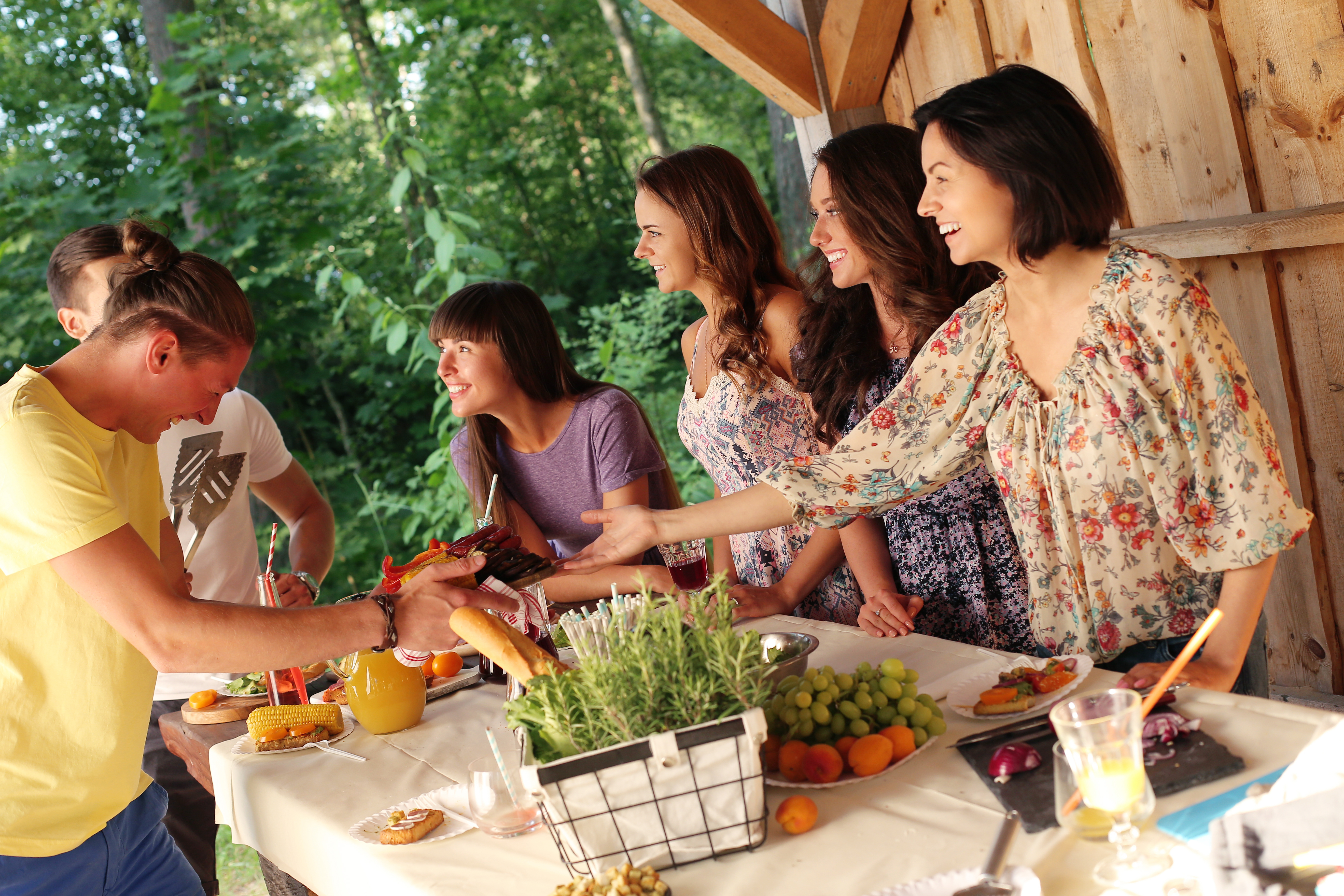
Nostalgiavs. Convenience: A Shift in Lifestyle
The transition from the 1950s backyard barbecue to the 2020s outdoor kitchen signifies a shift in lifestyle and preferences. The 1950s celebrated simplicity and the joy of gathering, emphasizing the importance of human connection. In contrast, the 2020s place a premium on convenience and efficiency while still cherishing the concept of shared dining experiences.
Outdoor kitchens provide a balance between nostalgia and modernity. They embody the spirit of outdoor dining while catering to contemporary demands for efficiency and sophistication. Homeowners can now enjoy the best of both worlds, creating lasting memories with loved ones in a setting that is both stylish and practical.
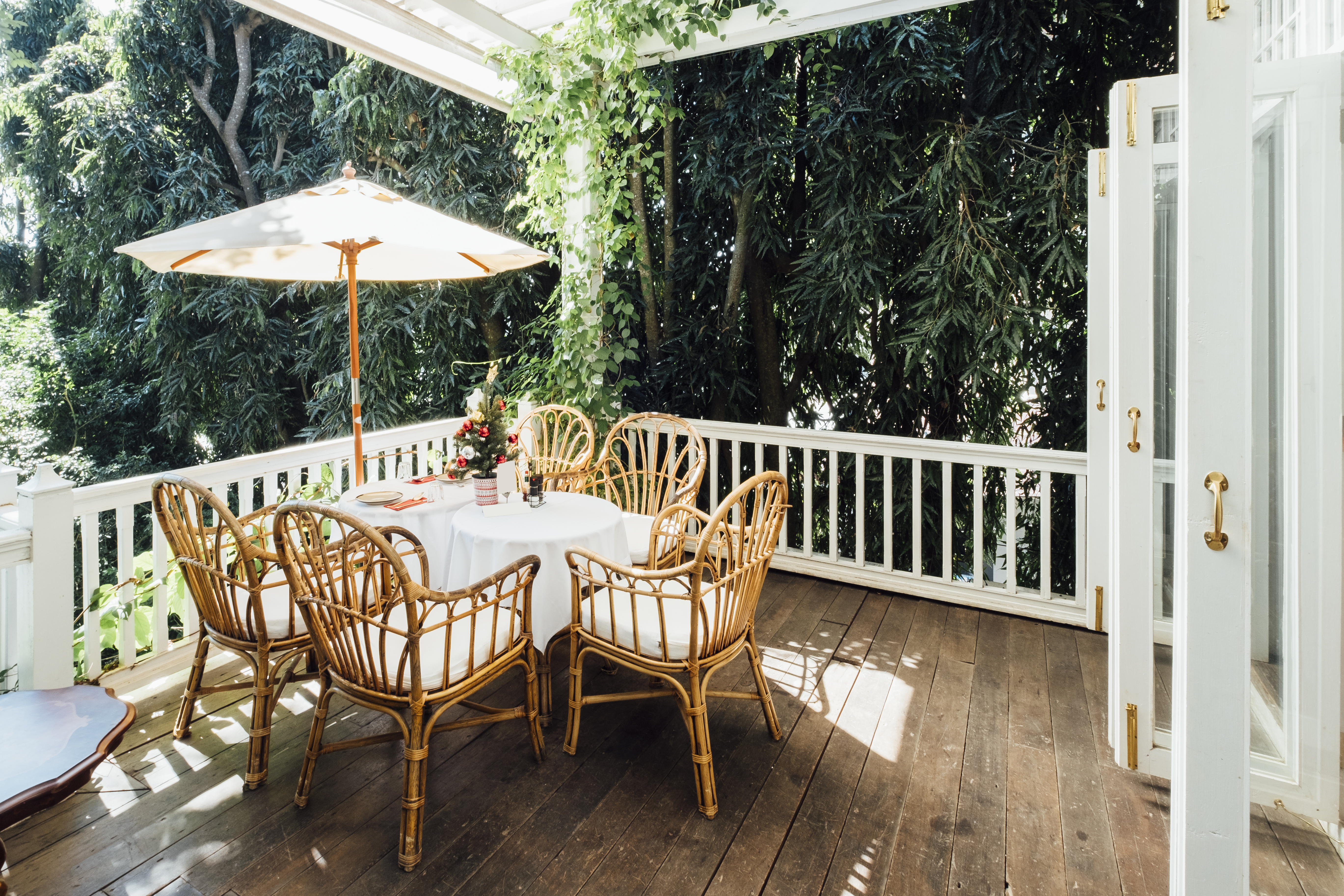
Environmental Considerations
Another significant difference between the outdoor dining of the 1950s and the outdoor kitchens of today lies in environmental consciousness. In the 1950s, the environmental impact of backyard barbecues was often overlooked. Charcoal grills emitted smoke and contributed to air pollution, and disposable plates and cutlery added to waste generation.
Today, environmental awareness has driven the development of eco-friendly outdoor kitchen solutions. Many modern outdoor kitchens feature energy-efficient appliances, water-saving fixtures, and sustainable building materials. Additionally, there is a growing trend of incorporating garden-to-table concepts, where homeowners grow their herbs and vegetables within arm's reach of the outdoor kitchen, reducing the carbon footprint associated with food transportation.
he evolution of Australia's outdoor dining culture from the 1950s to the 2020s highlights the dynamic nature of our society. While the backyard barbecue of the 1950s evokes a sense of nostalgia and community, the introduction of the outdoor kitchen in the 2020s demonstrates our desire for convenience, sophistication, and sustainable living.
Both eras have their charm and unique contributions to our culinary heritage. Whether we gather around a simple barbecue or enjoy the luxury of an outdoor kitchen, the heart of outdoor dining remains the same - the joy of sharing good food and good company in the great Australian outdoors. As we move forward, let us celebrate the past while embracing the possibilities of the future, knowing that the essence of outdoor dining will continue to bring us together for generations to come.
Recent Posts
-
The Sink Warehouse Unveils the New Roma Floor-Standing Vanity Range
Perth, Australia – October 2025 — Following the success of last year’s Roma Fluted Wall-Hung Vanitie …30th Oct 2025 -
The Sink Warehouse Mega Reno Sale: Big Renovation Savings Before Christmas
The Sink Warehouse Mega Reno Sale: Big Renovation Savings Before Christmas Perth, Australia – Octobe …30th Oct 2025 -
Upgrade Your Space with the Perfect Fit Series – New from The Sink Warehous
Your kitchen is more than just a space—it’s the heart of your home. Whether you're renovating o …14th Apr 2025

